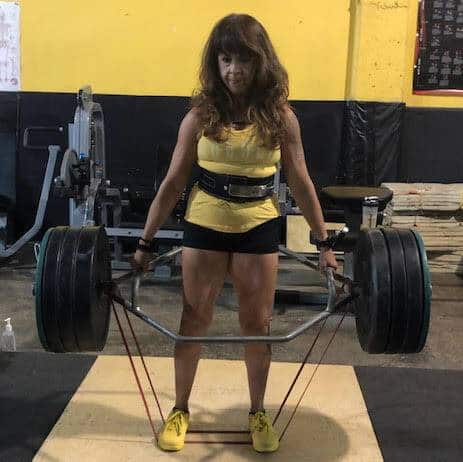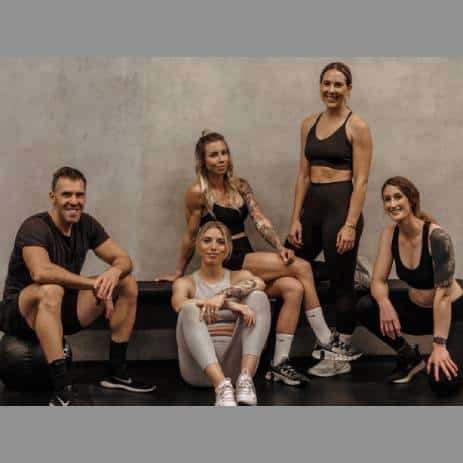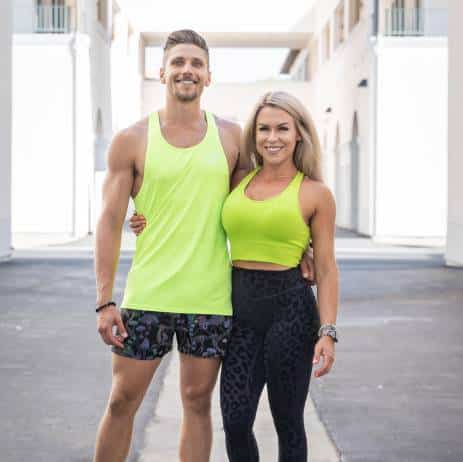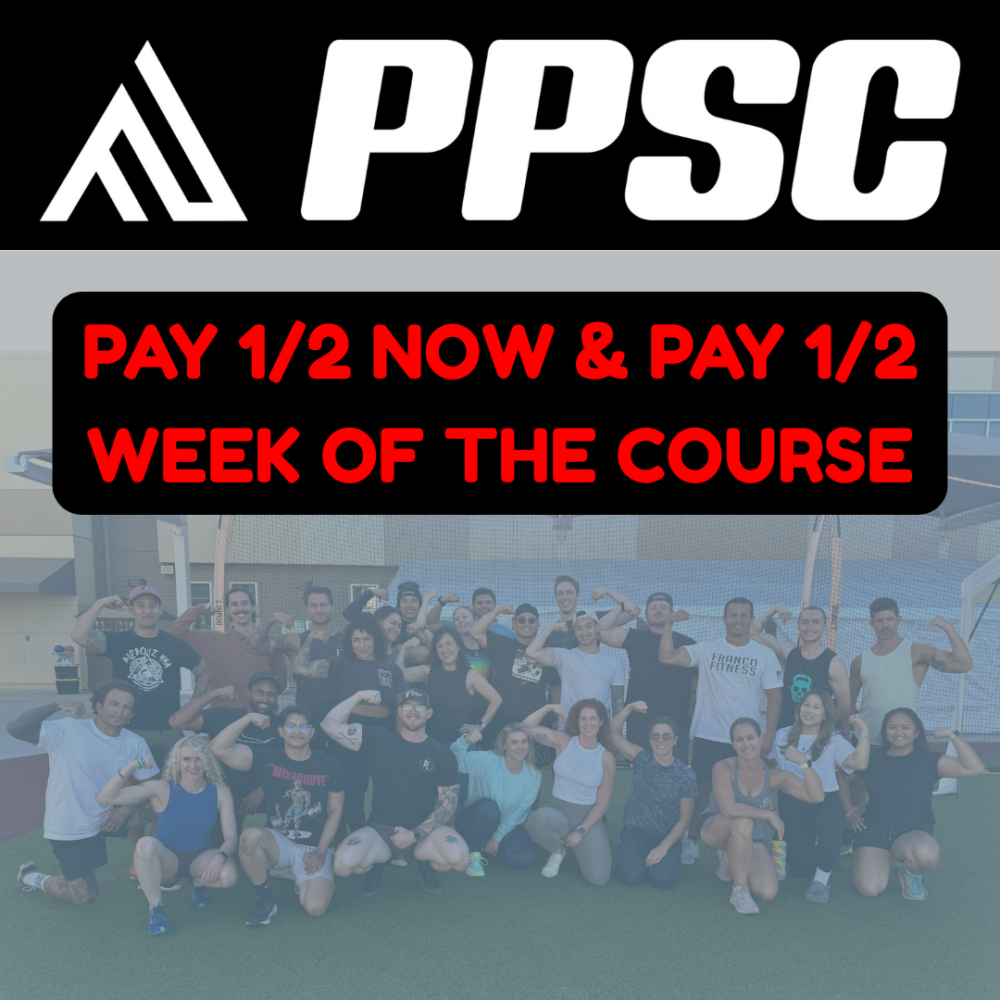Ashley Szabo
“Just when I thought the PPSC team couldn’t possibly deliver any more value, they outdid themselves once again! I can’t tell you how many times I had “Ah-ha!” moments during this PPSCx weekend. Right after the first lunch break, I looked at my business partner and said “This is REALLY good! We needed this!” I have been a coach for 7 years, and I have been a gym owner for 2 years. This new certification gave me many new tools to implement in my facility in terms of programming, coaching systems, and client interactions. Plus, the networking opportunity with other like-minded individuals was incredibly valuable. David and Clif made this weekend jammed packed with tons of fantastic information, and they delivered it in a way that was interactive, FUN, and easy to implement immediately with my clients. I’m extremely grateful to have had the opportunity to attend this event, and I’d honestly do it 10 times over. Thank you PPSC for making me a better coach and leader. Thank you for helping me help others change their lives through fitness. You guys rock!”







